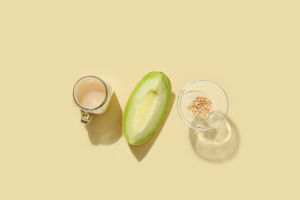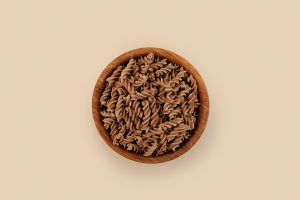Cocoa and cacao are often used interchangeably, but they actually refer to two different products derived from the same cacao bean, each with its own unique processing methods and nutritional profiles.
While both come from the beans of the cacao tree, the way they are processed leads to distinct differences in flavor, texture, and health benefits.
Here’s a breakdown of their differences and what each offers in terms of nutrition!
What is Cacao?
Cacao is the raw, unprocessed form of the cacao bean. It is made by cold-pressing unroasted cacao beans, which retains the nutrients and natural flavors. Cacao is rich in antioxidants, vitamins, and minerals, making it a powerhouse ingredient for health-conscious individuals.
High in Antioxidants: Cacao is loaded with flavonoids, a type of antioxidant known for its anti-inflammatory and heart-protective properties. These antioxidants help fight free radicals in the body, reducing oxidative stress and lowering the risk of chronic diseases like heart disease and cancer.
Rich in Magnesium: Cacao is one of the best plant-based sources of magnesium, an essential mineral that supports muscle function, bones health, and energy production. Magnesium also plays a key role in regulating blood pressure and supporting healthy nerve function.
Packed with Iron: Cacao contains a significant amount of iron, which is crucial for oxygen transport in the blood. Consuming cacao can help maintain healthy red blood cell production and prevent iron deficiency anemia.
What is Cocoa?
Cocoa is produced by roasting cacao beans at high temperatures, which alters the chemical structure of the beans. This process gives cocoa a more refined flavor profile and a smoother texture, making it the preferred ingredient in many chocolate products and recipes.
Lower Antioxidant Content: While cocoa still contains antioxidants, particularly flavonoids, the roasting process reduces the number of these compounds compared to raw cacao. Flavonoids in cocoa can help lower blood pressure, improve circulation, and promote overall heart health, but the level is not as high as in its raw counterpart.
Contains Magnesium: Cocoa is still a good source of magnesium, a mineral that is important for bones health, muscle function, and relaxation. Magnesium also supports energy production and the regulation of blood sugar levels.
Rich in Calcium and Potassium: Cocoa also provides trace amounts of calcium and potassium, both of which are essential for bones health and muscle function. Calcium supports strong bones and teeth, while potassium helps maintain healthy blood pressure levels.
Nutritional Comparison
Cacao is high in antioxidants, while cocoa has moderate levels due to the roasting process. Both cacao and cocoa are rich in magnesium and iron, but cacao generally has higher amounts. When it comes to fiber, both are good sources, but cacao tends to retain more due to less processing.
Additionally, pure cacao contains no added sugars, whereas cocoa products often have sugars incorporated, especially in commercial chocolate items.
While both cacao and cocoa have their own health benefits, raw cacao is generally considered the healthier option due to its higher antioxidant content and the absence of processing. When choosing between the two, look for high-quality products with minimal additives. Incorporating either into your diet can offer delicious flavor and nutritional benefits!


